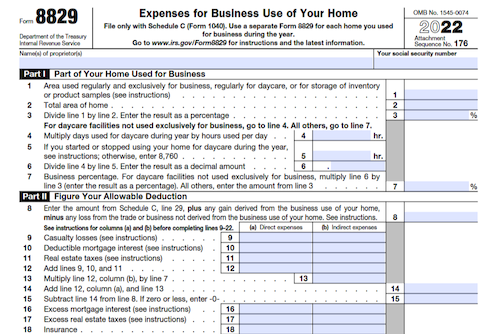Form 1096 is used to send to the IRS certain paper forms such as the 1097, 1098, 1099, 3921, 3922, 5498, and W-2G, and is accompanied by relevant instructions on completing the form. This article covers information about reporting backup withholding, providing substitute statements to recipients, taxpayer identification number matching, nominee/middleman returns, successor/predecessor reporting, and qualified settlement funds.
What is Form 1096?
Form 1096 is a document used to submit information returns to the IRS. It must be filed with specified forms- Copies A of Forms 1097, 1098, 1099, 3921, 3922, 5498, and W-2G, as well as to report backup withholding on payments from Forms 1099 and W-2G. Instructions for completing Form 1096 can be found on the form itself and special rules apply to substitute statements sent to recipients and to Taxpayer Identification Number (TIN) matching. For combined reporting of INF returns predecessors and successors must agree and meet the conditions specified in Publication, 1179. Additionally, a qualified settlement fund may file information returns for a distribution if the transferor of the fund would have been required to file.
IRS Form 1096 – Who Needs to Fill It Out?
IRS Form 1096 must be completed if you are filing paper Forms 1097, 1098, 1099, 3921, 3922, 5498, and W-2G to the IRS. For backup withholdings, follow the instructions in part N, and for substitute statements to recipients, refer to Pub. 1179 and part M. TIN matching (keyword: TIN Matching) can be accessed via the IRS website. To determine who must file, refer to the separate instructions for each form; for example, nominee/middleman returns, successor/predecessor reporting, or qualified settlement funds. Lastly, successor and predecessor must agree to which forms will use the combined reporting procedure, and the successor must file a statement with the IRS to legally assume the predecessor’s information return obligations.
Step-By-Step: Form 1096 Instructions For Filling Out the Document
Form 1096 is a document used to report various information returns to the IRS, such as Forms 1097, 1098, 1099, 3921, 3922, 5498, and W-2G. Instructions for filling in Form 1096 are found on the form itself. If backup withholding is applied to a payment, the relevant Form 1099 or Form W-2G must be sent to the IRS. When a substitute form is used to provide a statement to the recipient, Pub. 1179 must be consulted for the requirements of the format and content of the statement. Payers can use TIN Matching to match TINs and name combinations with IRS records before submitting the forms to the IRS. When a successor acquires substantially all of the property used in a business or trade of the predecessor, they must agree to the combined reporting procedure to satisfy the predecessor’s obligations and conditions. The successor will then be responsible for filing the Forms 1097, 1098, 1099, 3921, 3922, 5498, and W-2G, and the predecessor will not have to file. Qualified settlement funds must also adhere to information reporting requirements if any transferor to the fund would have been required to file direct distributions.
Below, we present a table that will help you understand how to fill out Form 1096.
| Form 1096 Information | Details |
|---|---|
| Forms Included | 1097, 1098, 1099, 3921, 3922, 5498, W-2G |
| Instructions | Instructions for filling in Form 1096 are on the form itself |
| Backup Withholding | If applied, relevant Form 1099 or Form W-2G must be sent to the IRS |
| Substitute Forms | Consult Pub. 1179 for format and content requirements |
| TIN Matching | Match TINs and name combinations with IRS records |
| Successor Reporting | If acquiring business property, follow combined reporting procedure |
| Qualified Settlement Funds | Must adhere to information reporting requirements |
Do You Need to File Form 1096 Each Year?
Generally, if you are required to provide payment to another person, you must file the appropriate Form 1097, 1098, 1099, 3921, 3922, 5498, or W-2G with the IRS and furnish a statement to the recipient to report the payment and any amount withheld. Successor and predecessor businesses may choose to file a combined form, if they both agree and meet the specified requirements. Qualified settlement funds may need to file information returns if the transferor would have been required to file if they had distributed the payment directly to the recipient. All filing requirements, exceptions, and thresholds are addressed in Pub. 1179 and can be accessed by keyword searches at IRS.gov.
Download the official IRS Form 1096 PDF
On the official IRS website, you will find a link to download Form 1096. However, to make it easier for you, we are providing the link in our article, which comes directly from the official irs.gov website! Click to download: Form 1096
Sources:




